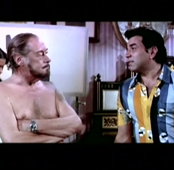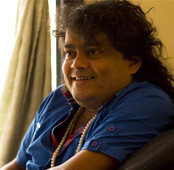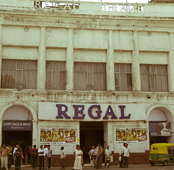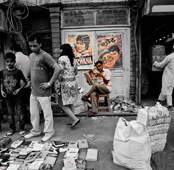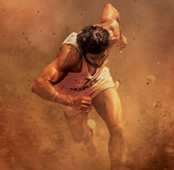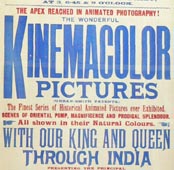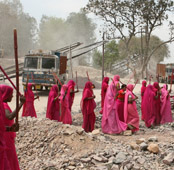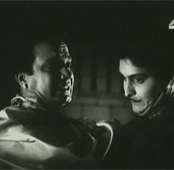-
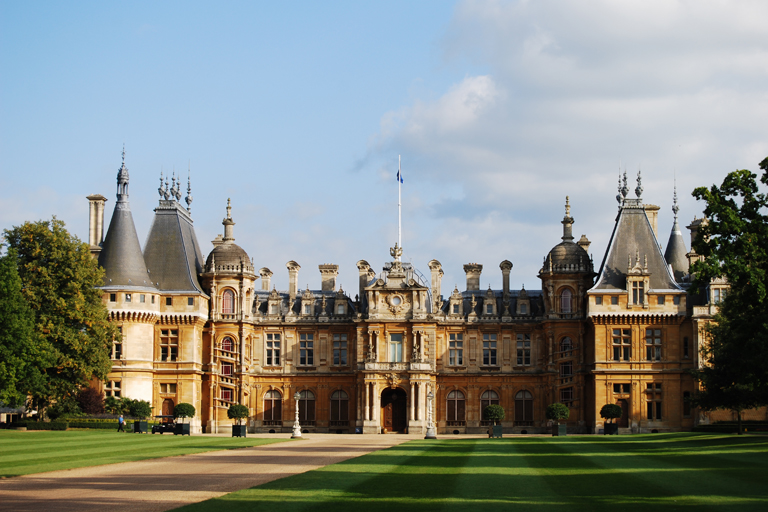 Waddesdon Manor (CC-BY-SA, Matt Lever)
Waddesdon Manor (CC-BY-SA, Matt Lever) -
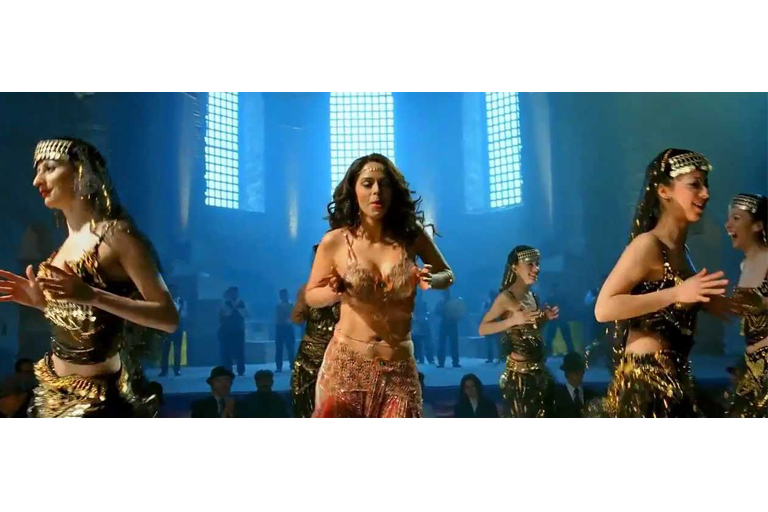 Mallika Sherawat in Guru
Mallika Sherawat in Guru -
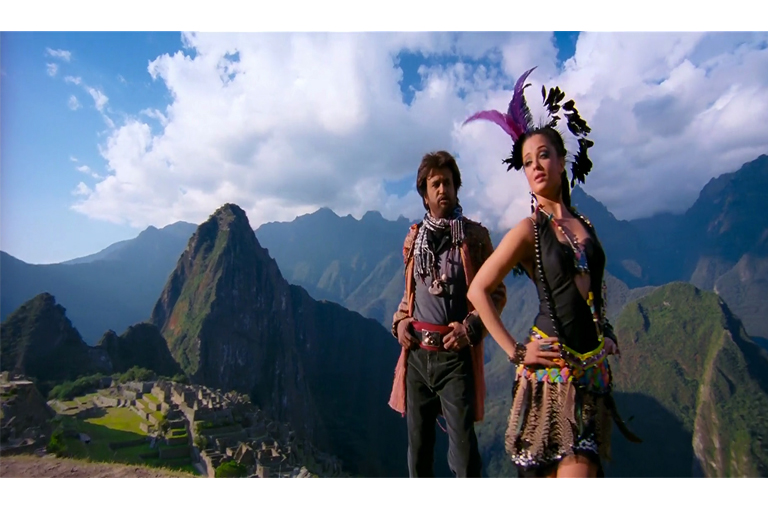 Rajinikanth in Enthiran (Robot)
Rajinikanth in Enthiran (Robot) -
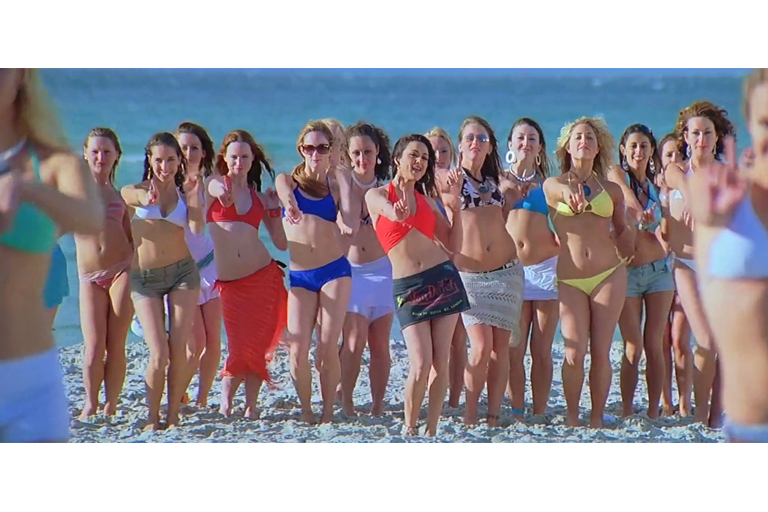 ...women of the new Russian republics (nearly every movie has them as assorted extras, dancers, hookers, bartenders)
...women of the new Russian republics (nearly every movie has them as assorted extras, dancers, hookers, bartenders) -
 Hagia Sophia (CC-BY-SA, Arild Vågen)
Hagia Sophia (CC-BY-SA, Arild Vågen) -
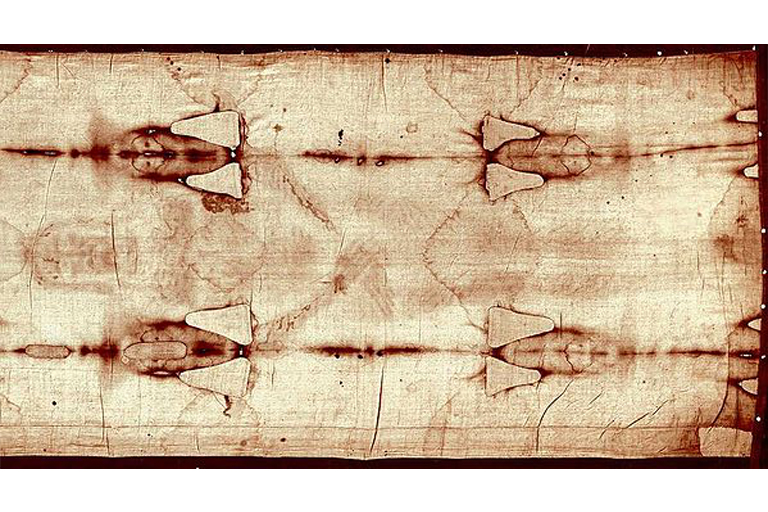 Shroud of Turin
Shroud of Turin -
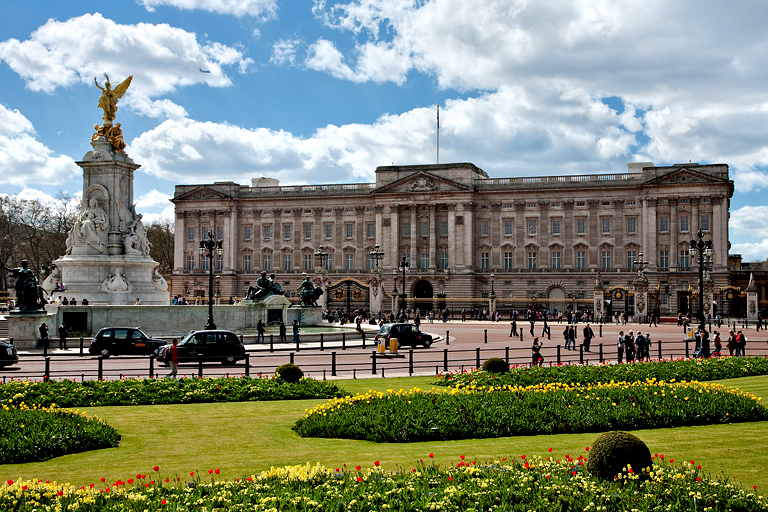 Buckingham Palace (CC-BY-SA, David Iliff)
Buckingham Palace (CC-BY-SA, David Iliff) -
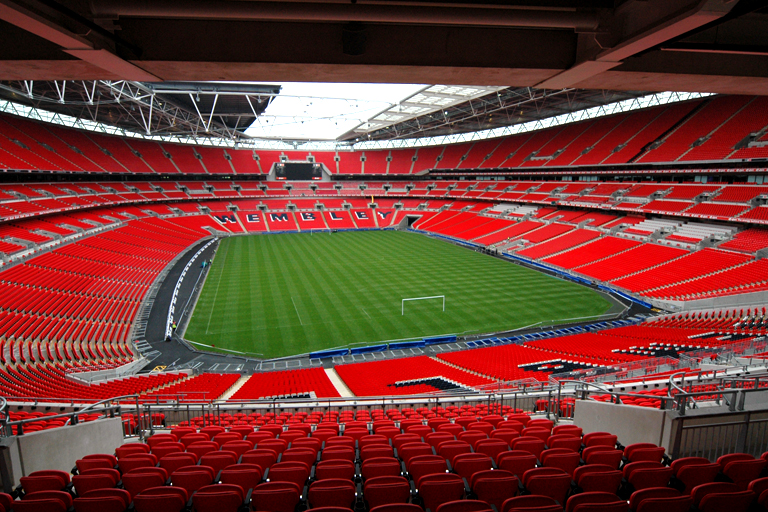 Wembley Stadium © Wembley National Stadium Ltd
Wembley Stadium © Wembley National Stadium Ltd -
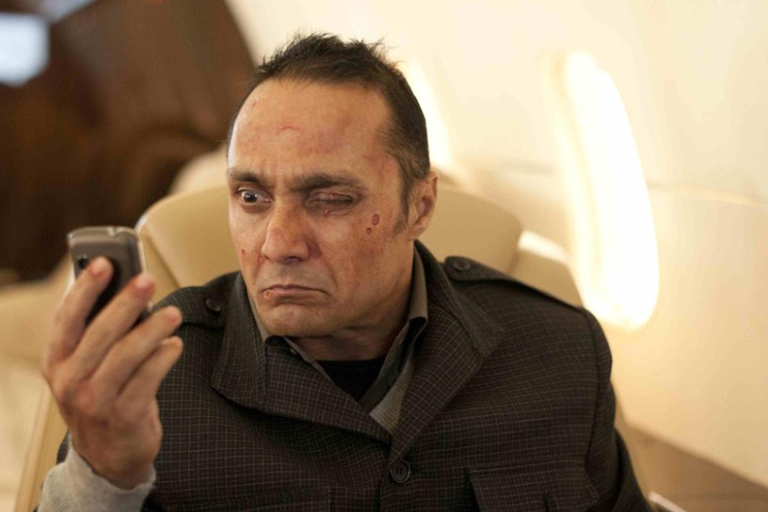 Rahul Bose in Vishwaroopam
Rahul Bose in Vishwaroopam -
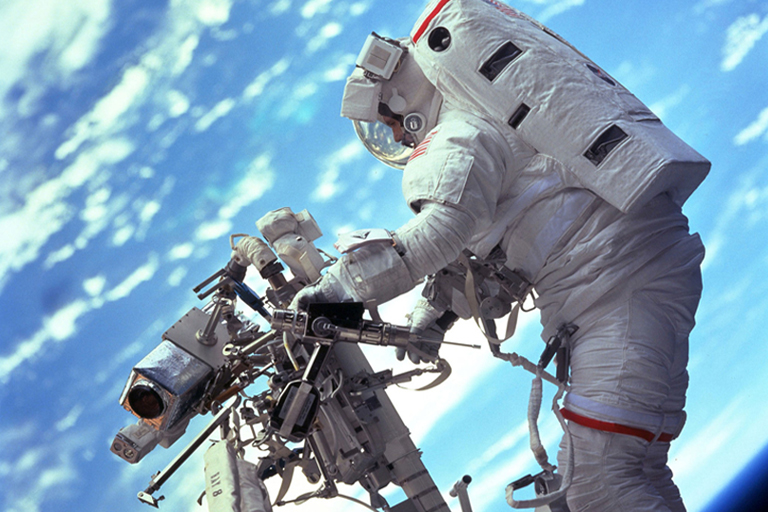 Space, the final frontier? Courtesy NASA/European Space Agency
Space, the final frontier? Courtesy NASA/European Space Agency
Turkish basilicas, English estates, Russian republics, the Al-Qaeda and the Buckingham Palace. Chako tells you how Bollywood usurped everything.
Early 2000, Bollywood was on the cusp of a revolution. Not so much in terms of storytelling, but in terms of location. It all started when Shah Rukh Khan landed in a helicopter at the gorgeous Waddesdon Manor in Buckinghamshire in what is now a Karan Johar classic. As a sensible member of the audience giving in to the usual suspension of disbelief (more than usual— this is Bollywood), we thought: ‘Okay. He’s getting off a helicopter and visiting an English castle. This looks lovely, nicer than anything used before in our movies. ‘
Till he said, “This is my childhood home.” That’s when some of us went, “Huh?” Anyone who said, “Okay, that makes sense,” we stopped talking to. Waddesdon Manor, once home to the Rothchilds, became a dividing line for our cinema.
Rudimentary research tells us that: “Waddesdon Manor is a country house in the village of Waddesdon, in Buckinghamshire, England. The house was built in the neo-renaissance style of a French château between 1874 and 1889 for Baron Ferdinand de Rothschild (1839–1898). The Baron wanted a house in the style of the great renaissance châteaux of the Loire Valley. Once his château was complete, Baron Ferdinand installed his extensive collections of French 18th-century tapestries, boiseries, furniture and ceramics, English and Dutch paintings and Renaissance works of art.”
But not in Kabhi Khushi Kabhie Gham, the mega Bollywood epic where it served as Amitabh Bachchan’s character’s home, referred to as the family home, which his son, played by Shah Rukh Khan, walked out of in a huff to establish estrangement and subsequently reconciliation (apologies to the four people who haven’t seen it). As for the few students of English stately history who are also Karan Johar fans (a niche demographic), they might have been thrown by the fact that Amitabh Bachchan makes a reference to having bought it after being successful in business (clearly so successful that they gave him an Austrian Barony and an English estate), not to mention the family dining room he enveloped in late renaissance art (maybe this Indian family, instead of putting the usual deceased dadas and nanis on the wall, were fans of Leonardo Da Vinci, Napoleon Bonaparte, Louis XVI, Marie Antoinette, French pastries, Jacques-Louis David— that ilk).
It didn’t end there. Blenheim Palace, a 15th century castle of the Duke of Malborough and, subsequently, the Churchill family estate for 300 years, served as the site where Kareena Kapoor and Hrithik Roshan went to college. A college where one could drive in, in red Ferraris, and do choreographed dances with semi-dressed Uzbek women. Naturally, the existence of real colleges in that country (um, Oxford? Cambridge perhaps?) did not get in the way of this fictitious one, which looked like a far more fun place to study (and dance). In fact, if this college from Mr. Johar’s imagination had existed, perhaps the Churchill family would have ditched their Oxford ambitions and converted their family home into this place.
Another “Huh?” from Indian audiences would have made sense, except what was happening was impossible to undo.
The revolution had begun. Through the nineties, Bollywood had slowly begun abandoning gritty Bombay slum locales for Switzerland. Lamhe-esque love stories popped up across rolling Swiss hills. The gritty Bombay slum would make a comeback, thanks to art house auteurs (Anurag Kashyap, Danny Boyle) showing our movies to the world, but that would be years later. For Bollywood, pretty women bouncing around the Alps in nightclub attire projecting sexy, while freezing and begging for the director to say cut, was the decade. Then the early 21st century began. Karan Johar appeared as a behemoth force. He began by making his characters live in this massive castle, and the game changed. Suddenly, as the decade went on, the Swiss became passé. Our songs were shot everywhere. New York, London and Sydney became the backyards of every romantic comedy. Most Bollywood heroes and heroines had cool professions in these cities— fashion magazine editor in New York (Preity Zinta in Kabhi Alvida Naa Kehna), chef in Sydney (Saif Ali Khan in Salaam Namaste), rich daddy’s boy in London (every other film).
The locations expanded— Istanbul (Mallika Sherawat dancing in Guru, shaming the Ottomans with her moves), Machu Picchu (the one and only Rajinikanth dancing on it in Endhiran or Robot, shaming the Incans with his moves), Ipanema Beach in Rio (Dhoom 2, Bipasha Basu shaming Brazil’s transsexuals with hers, no easy feat), the bars, and women, of the new Russian republics (nearly every movie has them as assorted extras, dancers, hookers, bartenders— also, Uzbekistan, a former Soviet republic, is a favourite), the streets of Bangkok (Sanjay Dutt has played a Thai policeman, which says less about him and more about the Thai police recruiting process).
Bollywood went to the world with such aggression that it felt like, at some point, the world would run out of locations to offer.
Lord Macaulay had once said, while making a point about why British India would wipe out Indian culture, that history was whatever was written by the victors. The way history seemed to be turning out, the victors had reversed— the Bollywood producer paying to rent Blenheim Palace by the day seemed to be re-writing history. The fictional use of a piece of British history would end up being watched by way more people than visitors to the actual Blenheim palace. In due time, with enough rentals, and audiences, the fact that the Duke Of Marlborough had anything to do with it will perhaps be forgotten for a universal assumption that Kareena Kapoor went to college there. It could perhaps someday be the site for a Karan Johar museum— may the Churchills rest in peace.
Naturally, with locations around the world comes a certain license to adapt it to your fiction. Hollywood does it all the time. Tom Cruise speaks an Arabic he’s invented as Ethan Hunt (Mission Impossible 3). In the Bourne franchise, Matt Damon can get across Europe as a fugitive simply with a Volkswagen mini and good looks (which, in Matt Damon’s case, is perhaps possible). In Roland Emmerich’s The Day After Tomorrow, when the planet is getting snowed over and they’re showing different world cities deluged, there’s New York, London, and a place called ‘New Delhi Bombay’. In Independence Day, the Will Smith mega-hit, aliens seem to be able to fly from New York to Washington in about three seconds (airlines should learn something from this).
So far, nothing wrong you think. Creative license and geography go hand in hand. However, once Bollywood started taking over the world, we took it one step beyond Hollywood. We started making it our world, on our own terms. We were the new Macaulays. History will remember whatever geography we created.
Take this for example. Race 2 showed Istanbul (as usual). The villain’s character (played by John Abraham) lives in the Hagia Sophia (a basilica, practically a part of the Great Palace of Constantinople) and parks his Lamborghini outside it. It’s like the equivalent of a Bond villain living in Rashtrapati Bhavan and saying, “Yeh mera ghar hain”. As an aside, the plot involves stealing the Shroud of Turin, (yes Jesus Christ’s shroud) to sell “in the black market”. To figure this plot out, without the help of any drugs, is not recommended, so I’ll stop here, except to say that I’d love to see the black market for holy Christian relics. Who buys and sells? Priests? Nuns? Bandra people? Mel Gibson? Maybe that’s why the Pope resigned. He saw Race 2.
Moving on, the Buckingham Palace and Wembley Stadium are now used in films way more than any Indian stadium. In Housefull (spelt thus), a central, final, climax involves putting laughing gas in the air-conditioning vents at Buckingham palace so the royalty run around laughing/going crazy. The Queen is giggling. Long Live the Queen.
In a lovely situation of the story made to fit the environment, if a CIA agent is needed, they’re conveniently Indian and Hindi speaking. Same for a Pope, a Brazilian police inspector, a Spanish diving instructor, a New Jersey school teacher, pretty much any professional who shows up in any part of the world in any new-age Bollywood film. There’s usually an element of surprise registered by the lead actor (“Aap Indian hain?”) before casual acceptance. Genius.
In a John Abraham movie I saw, he was on a boat in Lake Geneva, clearly landlocked because you can see the other side, but that doesn’t bother him because he delivers this line of dialogue: “I am coming to India by sea. Be ready.” Another intelligent use of the world was when the filmmakers Abbas Mastan bought the rights to the robbery film The Italian Job, whose story—as you may have guessed even if you know nothing about anything—climaxes, in, um, Italy. The brothers said, “We’ve bought the rights to (The) Italian Job. We are calling it Players. It is set in Russia.” So, without Italy, what story had they bought? Just ‘the job’? The Hollywood studio that got that cheque must have had a good laugh.
The greatest work of geopolitical appropriation so far, however, has been Kamal Haasan’s Vishwaroopam (and I don’t mean the media furore). Kamal Haasan transforms from an effete New Jersey dance instructor to a macho RAW Agent (great cover) and is invited by dint of his knowledge and strength to work alongside the FBI, to stop a New York nuclear attack. Because one can just be invited like that, as if it’s a 13 year old’s dance party. The nuclear attack is stopped by placing a microwave on top of a nuclear bomb (I hope Einstein and Samsung are listening). Osama Bin Laden’s cave has a rather welcoming open-entrance which the Americans can see from their helicopters (take that Zero Dark Bigelow). In a brilliant move—that makes complete sense only if you live in a mental asylum—to create a decoy from the real terrorist attack (yes, the microwave), the bad guys unleash radioactive pigeons over New York City that have uranium droppings, so that the entire Manhattan security apparatus goes nuts chasing these pigeons. You would have better luck building your own iPhone with straw and sheet metal than you would figuring out the logic behind all of this.
However on top of this mélange of global brilliance, sits the character played by Rahul Bose, Omar, an Osama henchman blinded in one eye by counter-terror attacks which also left him with a crooked face that Omar portrays in a way that would be scary only on Monsters, Inc. Omar is able to fly in and out of the US in a private plane while getting a bird’s eye view of the micro-nuclear-wave (my term) attack he’s about to unleash. Clearly, his private plane is not running into the same immigration officers Shah Rukh Khan’s plane is.
Earlier, when asked by a French aid worker in Afghanistan whether he speaks English Omar responds with, “Yes I can, woman!” giving off the air of an Arab patriarch from a Tintin comic. Also, in a brilliant piece of advice, he tells another Al-Qaeda character, “How about some attacks on London and New York?” to which the response is: “Good idea.” For an organization whose entire reason for existence is attacking the centers of the western world, you would think they would have thought of this earlier. Or perhaps daily? No wonder they’re losing the War on Terror to the CIA.
When the nuclear New York attack fails to detonate from his cell phone (these damn microwaves!), Omar shows his phone to his assistant, complaining about signal. If you thought you had signal problems, clearly the Al-Qaeda are no better. And theirs is probably pre-paid.
I really wish the world was what Bollywood creates and not the way it is.
I read somewhere that space travel is being contemplated and Richard Branson might open up aircrafts to the public, to travel there. Now that Bollywood has had its fill of this planet, perhaps space is the next frontier. I cannot wait for the film where Amitabh Bachchan casually points at Uranus and says, “Yeh mera ghar hain,” or Kamal Haasan shows up on Saturn, runs into an alien, and asks: “Aap Indian hain?” To which the answer, naturally, is “Haan”.
Cover image courtesy NASA
The World Is Not Enough
ArticleJune 2013
 By Chako
By Chako
Chako is a former film columnist at Mumbai Mirror and an ocassional film critic on various films, which is a fancy way of saying, when asked what he thought of a movie, he says he liked it. He sees himself as part Hobbit, part James Bond, part Rocket Singh, part Hangover, all 3D. When he says this to others, they don't know what he is saying. Sometimes in rooms, when no one is speaking, he likes to shout out the word 'cinema', loudly, out of context. He is contemplating starting a website called pasionforcinema.com. He cannot be sued for copyright because 'passion' is spelt with one 's' and the 'p' is silent.



